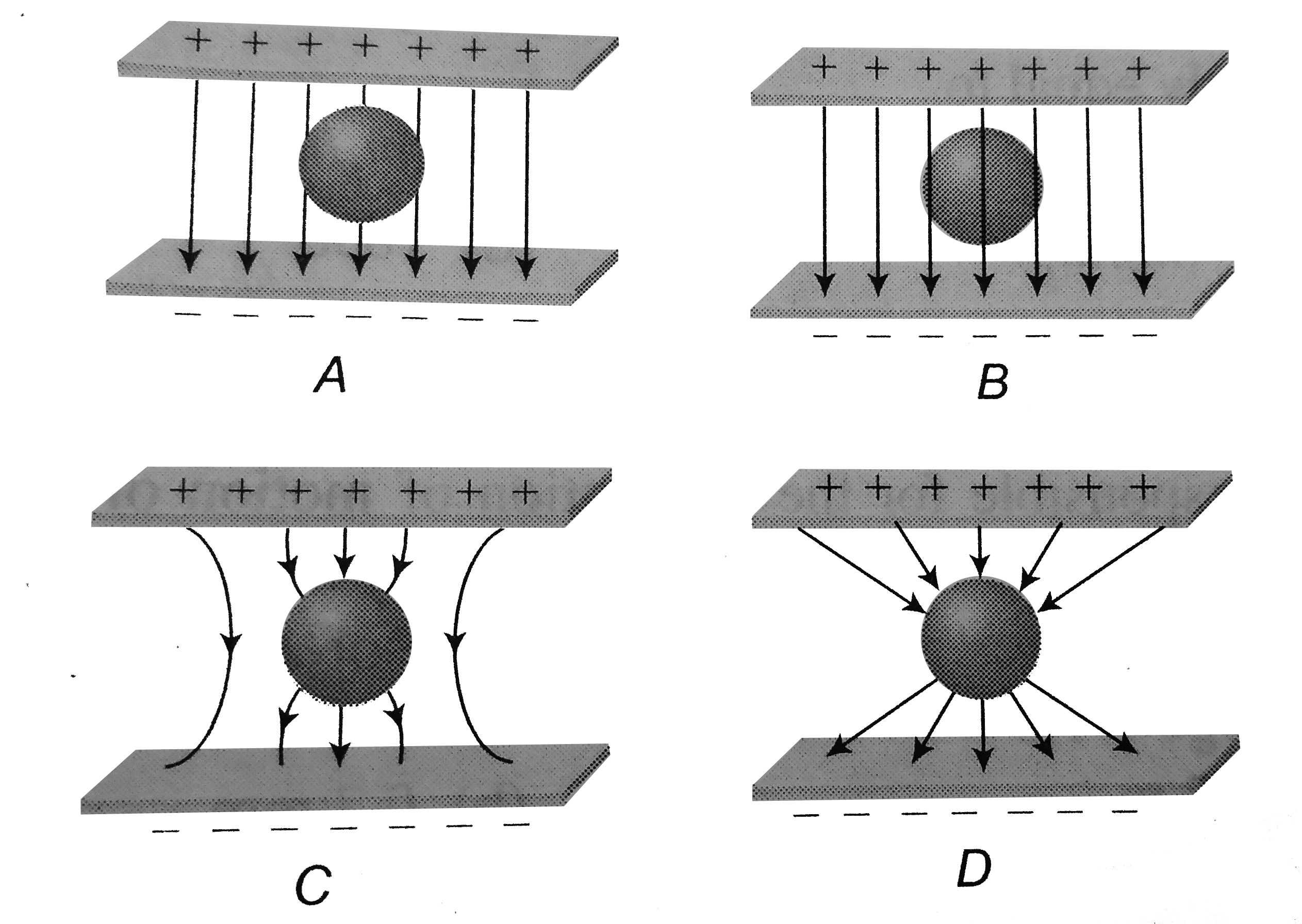What does a neuron look like?
Step-by-Step Solution:
1. Understanding the Neuron: A neuron is a specialized cell that transmits nerve impulses. It is a fundamental unit of the nervous system.
2. Identifying the Main Parts: The structure of a neuron consists of three main parts:
- Cell Body: This is the central part of the neuron.
- Axon: A long, tube-like structure that carries signals away from the cell body.
- Dendrites: Branch-like extensions that receive signals from other neurons.
3. Describing the Cell Body:
- The cell body contains the nucleus, which is responsible for maintaining the cell's health and function.
- It also contains various cell organelles that are essential for the neuron's metabolic activities.
4. Describing the Axon:
- The axon is a long, slender projection that transmits electrical impulses away from the cell body to other neurons or muscles.
- It can be covered by a myelin sheath, which helps in speeding up the transmission of impulses.
5. Describing the Dendrites:
- Dendrites are short, branched extensions that protrude from the cell body.
- They are responsible for receiving signals from other neurons and transmitting them to the cell body.
6. Summarizing the Structure: In summary, a neuron has three main parts: the cell body, which contains the nucleus and organelles; the axon, which transmits signals; and the dendrites, which receive signals.
- Cell Body: This is the central part of the neuron.
- Axon: A long, tube-like structure that carries signals away from the cell body.
- Dendrites: Branch-like extensions that receive signals from other neurons.
- The cell body contains the nucleus, which is responsible for maintaining the cell's health and function.
- It also contains various cell organelles that are essential for the neuron's metabolic activities.
- The axon is a long, slender projection that transmits electrical impulses away from the cell body to other neurons or muscles.
- It can be covered by a myelin sheath, which helps in speeding up the transmission of impulses.
- Dendrites are short, branched extensions that protrude from the cell body.
- They are responsible for receiving signals from other neurons and transmitting them to the cell body.
Similar Questions
Knowledge Check
In the poem "Birches," what does the poet like to think causes the branches to bend?
Athe wind blowingBa boy swinging on themCthe rainDthe weight of ice from an ice storm
The image of the right hand in a plane mirror looks like that of a left hand.
View SolutionAn uncharged sphere of metal is placed in between two charged plates as shown. The lines of force look like

View SolutionDraw a neuron, labelling its parts. What is the role of a neuron?
View SolutionThe graph between 1v and 1u for a concave mirror looks like.
View SolutionThe graph between 1v and 1u for a concave mirror looks like.
View SolutionOuter most layer of retina which holds sensory neuron like rods & cones is
View SolutionWhy does benzene behave like a saturated hydrocarbon?
View Solution
